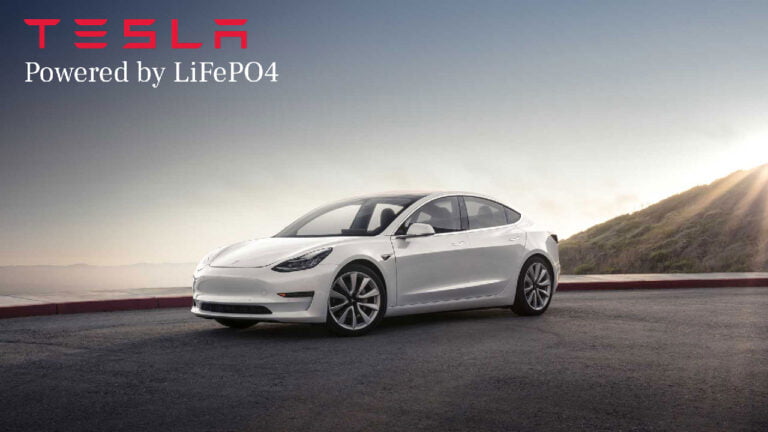FAQ
After building any battery pack
About a week after the battery pack is completed and installed, it is necessary to double-check that all battery terminals and the busbars are still tightened, because once loose, there is a risk of causing high resistance connections, (hot joints) which can reduce the performance of the battery pack. At the same time, there is also a risk of electrical fire, and specifically heat near flammable Lithium Battery cells.
Charge Ratings based on Temperature of LFP Cells.
BE WARNED This is an example taken from a popular 100ah 3.2v Prismatic cell, you can see from the table that temperature plays an enormous role in what charge rate a LFP cell should be charged with.

Australian Standards and Safety information – A list of applicable standards at the time of publishing
- AS/NZS5139 Electrical installations -Safety of battery systems for use with conversion equipment
- AS/NZS 3000 Electrical installations (known as the Australian/New Zealand Wiring Rules)
Other relevant standards include:
AS 1319 | Safety signs for the occupational environment |
AS 1530.4 | Methods for fire tests on building materials, components and structures – Fire-resistance test of elements of construction |
AS 3011.2 | Electrical installations – Secondary batteries installed in buildings – Sealed cells |
AS/NZS 4509.1 | Stand Alone Power Systems – Installation |
AS 4086.2 | Secondary batteries for use with stand-alone power systems – Installation and maintenance |
AS/NZS 3000 | Electrical installations (known as the Australian/New Zealand Wiring Rules) |
AS/NZS 5033 | Installation and safety requirements for photovoltaic (PV) arrays |
AS/NZS 4777.1 | Grid connection of energy systems via inverters – Installation requirements |
AS/NZS 4777.2 | Grid connection of energy systems via inverters – Inverter requirements |
AS 62040.1.1 | Uninterruptible power systems (UPS) – General and safety requirements for UPS used in operator access areas |
AS 62040.1.2 | Uninterruptible power systems (UPS) – General and safety requirements for UPS used in restricted access locations |
AS/NZS 60529 | Degrees of Protection Provided by Enclosures (IP Code) |
AS/NZS 60898.2 | Circuit-breakers for overcurrent protection for household and similar installations – Circuit-breakers for AC and DC operation |
AS/NZS 60947.3 | Low-voltage switchgear and control gear – Switches, disconnectors, switch-disconnectors and fuse-combination units |
AS/NZS 60950.1 | Information technology equipment – Safety – General requirements |
IEC 62109-1 Ed. 1.0 (English 2010) | Safety of power converters for use in photovoltaic power systems – Part 1: General requirements |
IEC 62109-2 Ed. 1.0 (Bilingual 2011) | Safety of power converters for use in photovoltaic power systems – Part 2: Particular requirements for inverters |
News and Blog Articles
The QR code B to A Grade problem
Q. What is a QR Code? A. Its a 3D barcodeQ. What is a Barcode? A. A visual representation of data…

Tesla Battery Degradation including LFP
Summary Battery degradation in Tesla cars is analyzed using real data collected from thousands of cars. The data shows that there…

Key Aspects of IEC 62619:2022
The IEC 62619:2022 standard specifies requirements and tests for the safe operation of secondary lithium cells and batteries used in industrial…
SOK vs EG4 – Battery Comparisons
When examining the landscape of lithium iron phosphate (LiFePO4) batteries, SOK and EG4 stand out for their quality, reliability, and performance….

JBD vs JK BMS : Comparing BMS Giants
Comparing BMS Giants: JBD vs JK BMS In the world of Battery Management Systems (BMS), two names often come up as…
Maximizing Lifespan of LiFePO4 Batteries: The Case for 0.25C Charge and Discharge Rates
Maximizing Lifespan of LiFePO4 Batteries: The Case for 0.25C Charge and Discharge Rates In the realm of renewable energy storage, lithium…
The QR code B to A Grade problem
Q. What is a QR Code? A. Its a 3D barcodeQ. What is a Barcode? A. A visual representation of data…
Tesla Battery Degradation including LFP
Summary Battery degradation in Tesla cars is analyzed using real data collected from thousands of cars. The data shows that there…
Key Aspects of IEC 62619:2022
The IEC 62619:2022 standard specifies requirements and tests for the safe operation of secondary lithium cells and batteries used in industrial…
SOK vs EG4 – Battery Comparisons
When examining the landscape of lithium iron phosphate (LiFePO4) batteries, SOK and EG4 stand out for their quality, reliability, and performance….
JBD vs JK BMS : Comparing BMS Giants
Comparing BMS Giants: JBD vs JK BMS In the world of Battery Management Systems (BMS), two names often come up as…
Maximizing Lifespan of LiFePO4 Batteries: The Case for 0.25C Charge and Discharge Rates
Maximizing Lifespan of LiFePO4 Batteries: The Case for 0.25C Charge and Discharge Rates In the realm of renewable energy storage, lithium…
